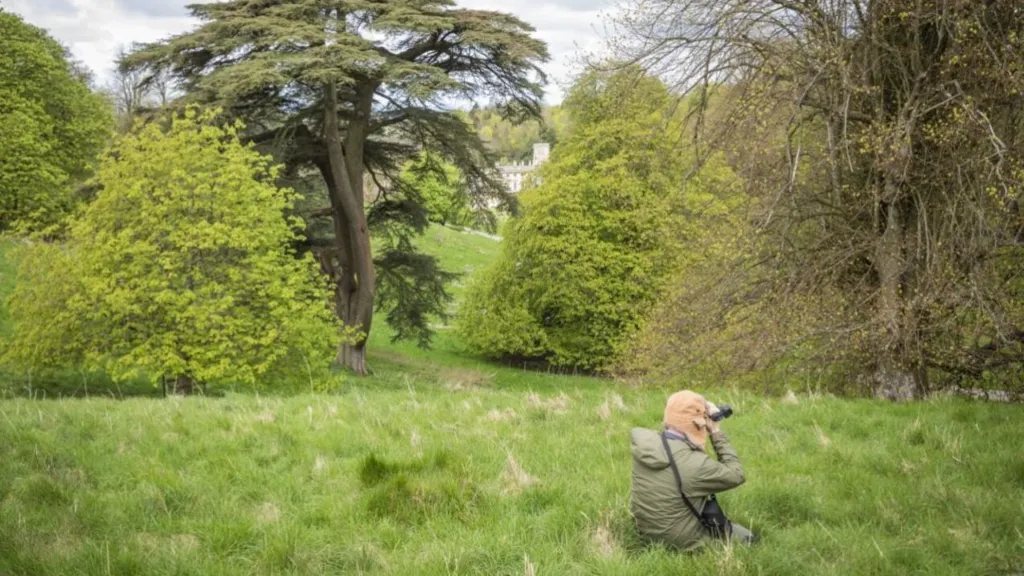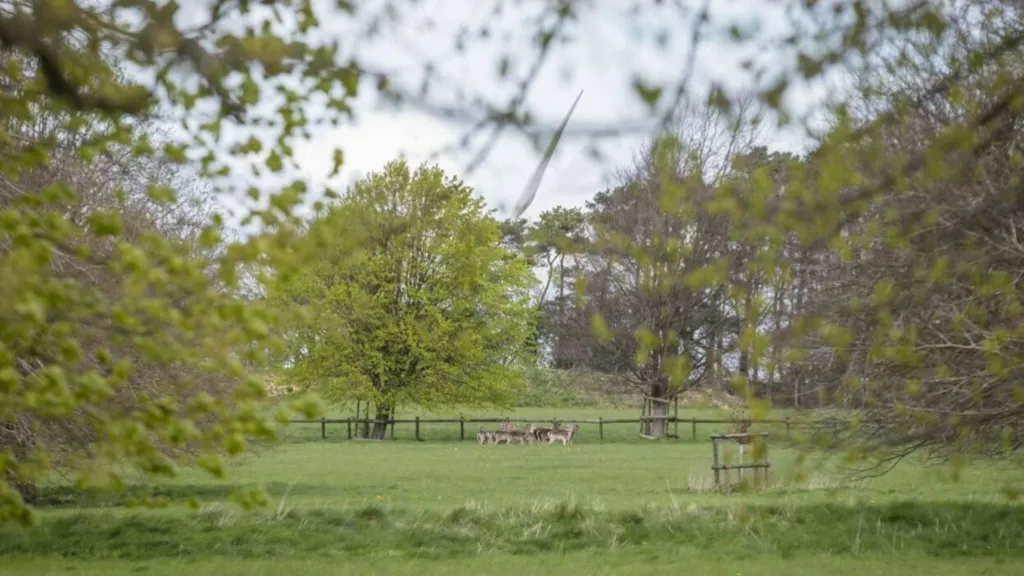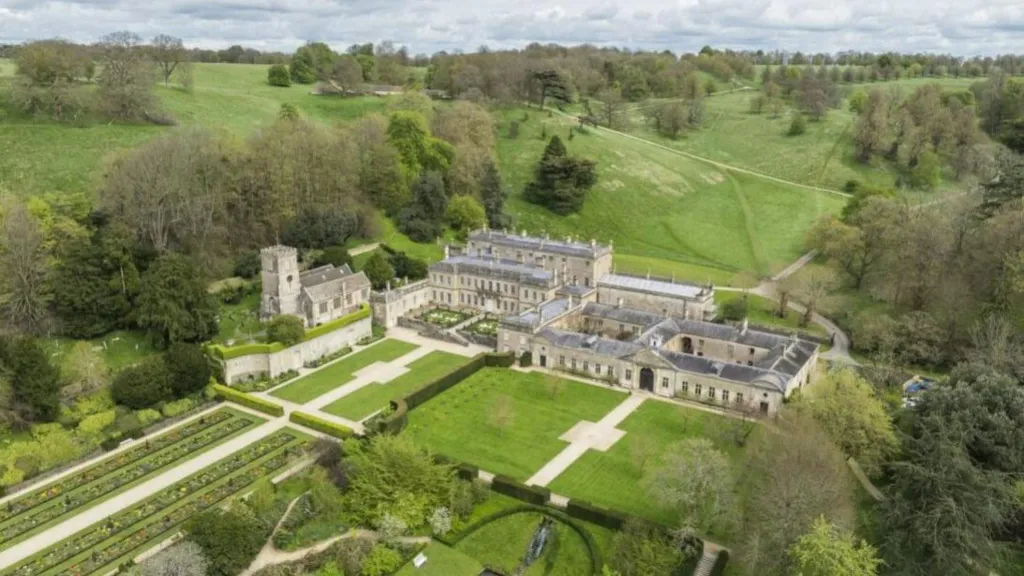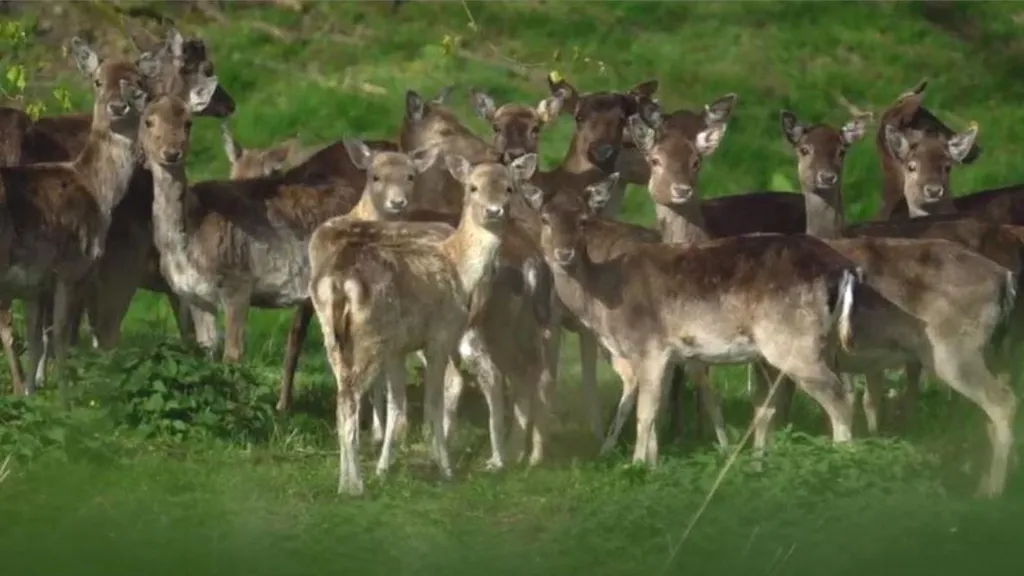After a hiatus of three years following the culling of the previous herd due to a bovine tuberculosis outbreak, deer are once again gracing the historic landscape of Dyrham Park in South Gloucestershire.
Recently, fallow deer from a private estate were reintroduced to the 270-acre National Trust site.
The decision to cull the previous herd was made after a decade-long effort by estate personnel to contain the spread of the disease.
Tom Boden, the general manager, expressed immense joy at the return of 26 deer to the park, stating that the staff were “absolutely delighted” by their presence.

The deer are currently undergoing a period of adjustment to their new surroundings, with the site temporarily closed for several days last week to facilitate their introduction.
“We are aware that our visitors will share our excitement upon hearing this news and will be eager to catch a glimpse of the new herd,” commented Mr. Boden.
“We aimed to minimize disruption to visitors by closing for the shortest duration possible. However, our primary concern is ensuring that the deer acclimate to the presence of people in their environment.”

The staff at Dyrham Park have collaborated with a specialized veterinarian and wildlife advisors to meticulously prepare the park, located eight miles from Bath, for the reintroduction of deer.
Various measures have been implemented to ensure the well-being and comfort of the deer population. These initiatives include enhancing tree shelter within the deer sanctuary, conducting a badger vaccination project to mitigate disease transmission risks, erecting new fencing and deer grids to manage movement patterns, installing specialized water troughs for hydration, and appointing a dedicated full-time park deer manager to oversee their care and management.

As the deer acclimate to their new environment, Mr. Boden emphasized the importance of visitors respecting their need for tranquility.
“We urge visitors not to actively seek out the deer, and if they encounter them, to maintain a respectful distance to avoid causing any undue alarm or disturbance,” he emphasized.
Acknowledging that the deer are wild animals, Mr. Boden underscored the significance of granting them the necessary time and space to adjust to their new surroundings. It is imperative, he stressed, to honor their requirement for calm and quiet during this critical period of adaptation.
